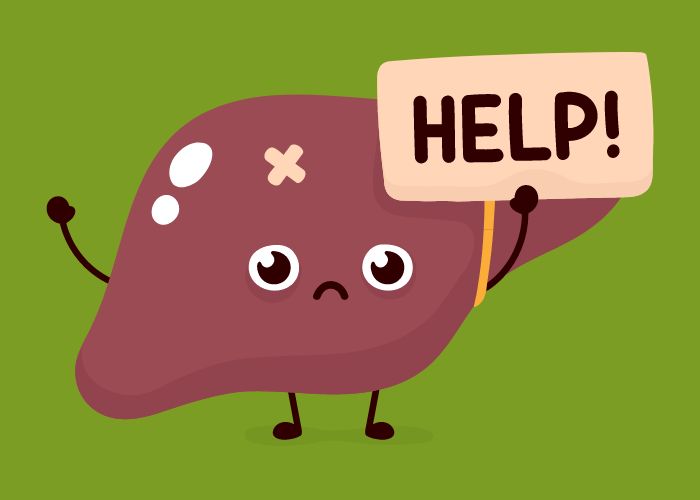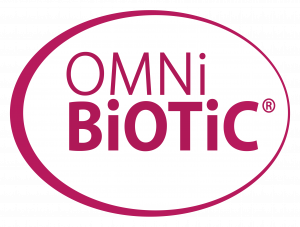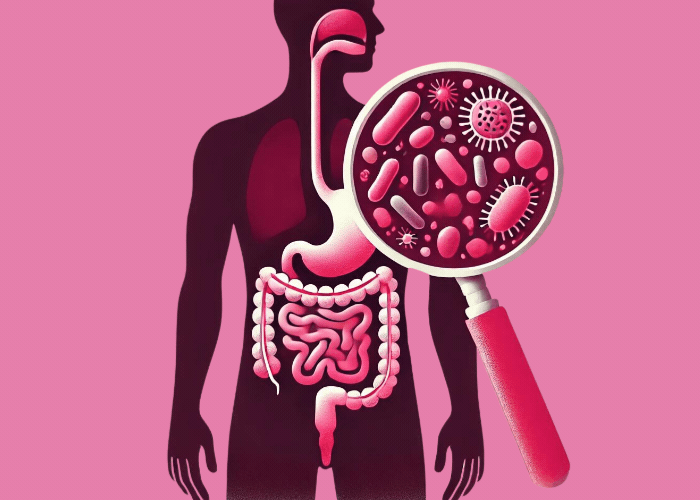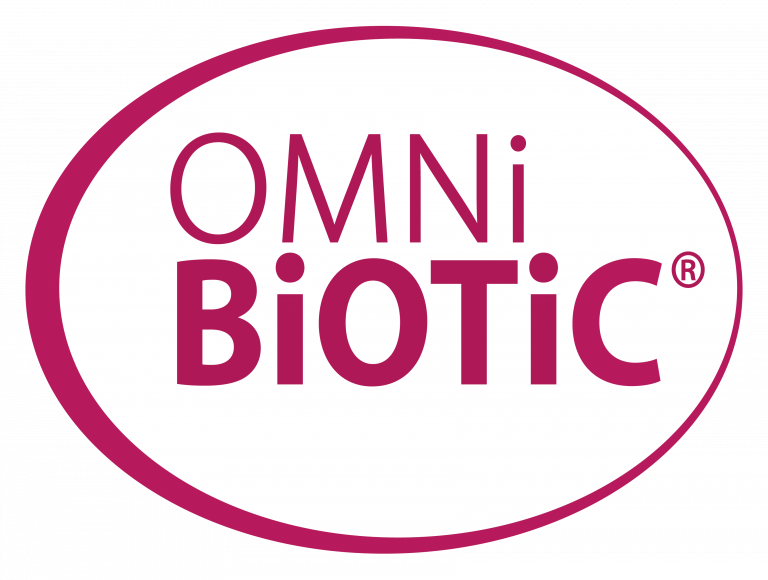Looking for some quick facts? Check out the summary at the end of the blog!

What is liver cirrhosis?
Liver cirrhosis is a disease of the liver in which scarring of the tissue occurs. As a result, the liver can no longer adequately fulfil its tasks as a central metabolic organ.
For a long time, liver cirrhosis was regarded as the irreversible final stage of various chronic liver diseases, resulting in death. Today, it is understood as a reversible disease in which the liver is subject to constant remodelling even at an advanced stage and which requires individual therapy depending on the stage.
The liver has a close structural and functional relationship with the small and large intestine and consequently also with the intestinal microbiome. In liver cirrhosis, the gut-liver axis is disturbed. This manifests itself in an imbalanced intestinal flora, in the sense of bacterial overgrowth (dysbiosis), as well as a loss of diversity. As a result, this can lead to increased permeability (leaky gut). And this can have a negative impact on the progression of the disease by stimulating inflammatory processes in the liver.
Symptoms of liver disease
What does liver pain feel like? At the beginning of liver cirrhosis, those affected often do not realise that the liver is damaged. The more advanced the disease, the sooner symptoms become noticeable, but where is liver pain located? The typical symptoms of liver cirrhosis include a feeling of pressure or fullness or even an accumulation of water in the abdomen, nausea, tiredness and fatigue.
In the later stages of liver cirrhosis, the skin and the whites of the eyes may turn yellow. The reason for this is the orange-coloured bile pigment bilirubin. This can no longer be absorbed and processed as quickly by the damaged liver, as a result of which it is deposited in the body tissue. Other symptoms such as a tendency to bleed, weight loss, varicose veins in the oesophagus or impaired brain function can also occur.

What causes liver cirrhosis?
In principle, any persistent liver disease can lead to liver cirrhosis. However, the most common cause of cirrhosis of the liver is alcohol. Alcohol abuse damages the liver to such an extent that it can no longer metabolise fat properly. As a result, fat accumulates in the liver cells and the damaged liver tissue is converted into non-functional connective tissue.
However, a non-alcoholic fatty liver can also be the cause of liver cirrhosis. This is usually a consequence of severe obesity and diabetes. Inflammation caused by viruses (e.g. hepatitis A, B, C etc.) can also result in liver cirrhosis. Other possible causes include autoimmune diseases, i.e. diseases in which the body’s defence system mistakenly attacks the liver or bile ducts, as well as damage caused by medication or chemicals.
Diagnosis and stages of liver cirrhosis
Doctors use various factors to make a reliable diagnosis of liver cirrhosis. These include the symptoms of the person affected, imaging procedures such as an ultrasound examination and the analysis of various blood values. Blood coagulation values, albumin and bilirubin in the serum can provide information about the functionality of the liver. Depending on the impairment of liver function, the patient is then categorised according to the Child-Pugh score into A, B and C, with C representing the final stage of liver cirrhosis.
Treatment of liver cirrhosis
If cirrhosis is recognised and treated at an early stage, the liver can recover in many cases. It is important that the affected person abstains from alcohol, eats a balanced diet, avoids all substances that are harmful to the liver and achieves and maintains a healthy body weight. Depending on the cause of the disease, further therapy must be adapted: if the liver cirrhosis is preceded by a hepatitis B or C infection, there are certain medications that inhibit the multiplication of the hepatitis viruses.
Diet tips for liver cirrhosis

People with liver cirrhosis have an increased need for energy and protein. In addition, the body can no longer properly utilise the nutrients it absorbs, which is why it can be useful for patients to adhere to the following dietary rules:
Consider your calories: The daily calorie intake should be around 35 to 40 kcal per kg of body weight.
Eat enough protein: It is important to pay attention to the source of protein. Protein from soya, tofu, cereals, milk, pulses and vegetables requires less effort from the liver and is therefore better tolerated than protein from meat, eggs or fish.
Avoid salt: By binding water in the body, it can favour fluid retention.
How can I avoid getting liver cirrhosis?
You can personally influence certain factors that can favour the development of liver cirrhosis. As alcohol can damage the liver, it makes sense not to consume it at all or only in moderation. To avoid unnecessarily burdening the liver with medication, it should only be taken when medically indicated and on the recommendation of a doctor.
As the gut-liver axis can play a major role in the development of liver cirrhosis and its progression, it also makes sense to ensure a healthy gut flora. Using highly effective multispecies probiotics, for example, the body’s intestinal bacteria can be supported in their tasks and relieve the liver from within the intestine.
- What is liver cirrhosis?
Liver cirrhosis, also known as “shrivelled liver”, is a disease of the liver in which scarring of the liver tissue occurs. As a result, the liver can no longer adequately fulfil its tasks as a central metabolic organ.
- Symptoms of liver disease or liver cirrhosis
A damaged liver usually only becomes noticeable at an advanced stage. Common symptoms include nausea, a feeling of pressure or fullness in the abdomen, tiredness and fatigue as well as reduced performance.
- Causes
The most common cause of liver cirrhosis is excessive alcohol consumption. However, a non-alcoholic fatty liver (usually caused by severe obesity or diabetes mellitus) can also lead to liver cirrhosis. Inflammation caused by viruses (e.g. hepatitis A, B, C etc.) can also lead to liver cirrhosis.
- Treatment
If liver cirrhosis is recognised and treated at an early stage, the liver can recover in many cases.
- How can I avoid getting liver disease?
Alcohol causes considerable damage to the liver, so it should not be consumed at all or only in moderation. As the gut-liver axis can play a major role in the development of liver cirrhosis and the progression of the disease, it makes sense to pay attention to a healthy gut flora.



























